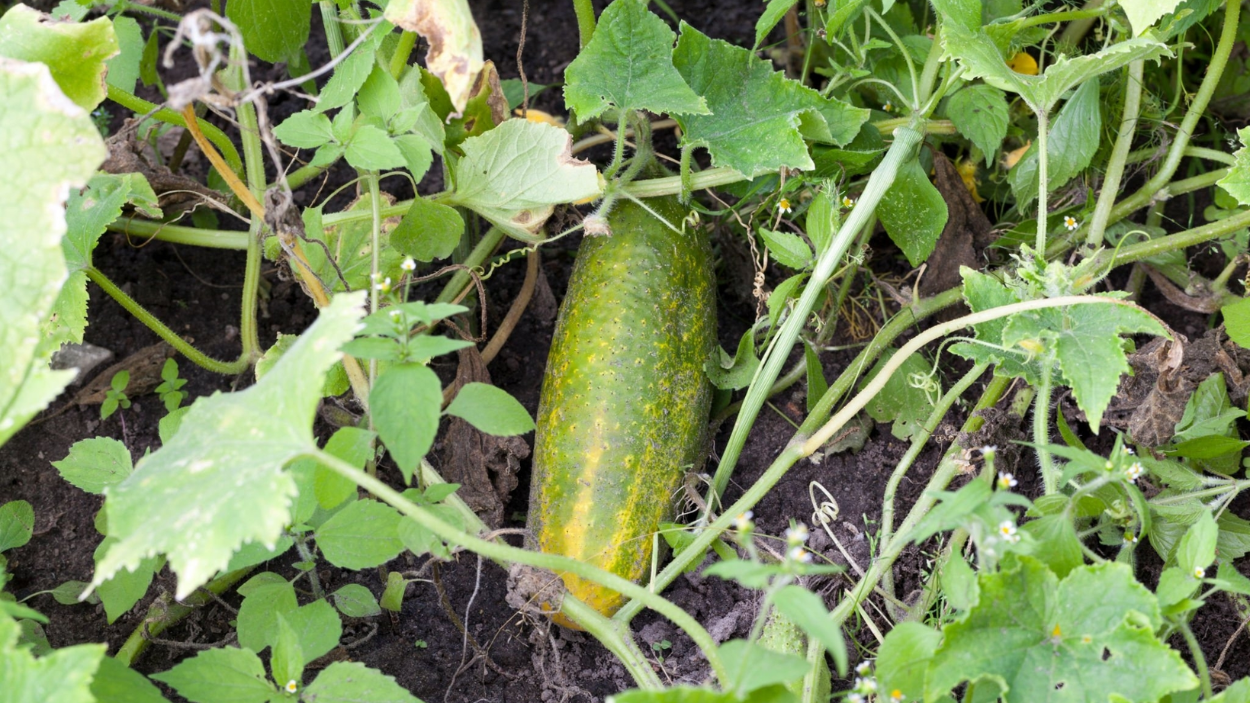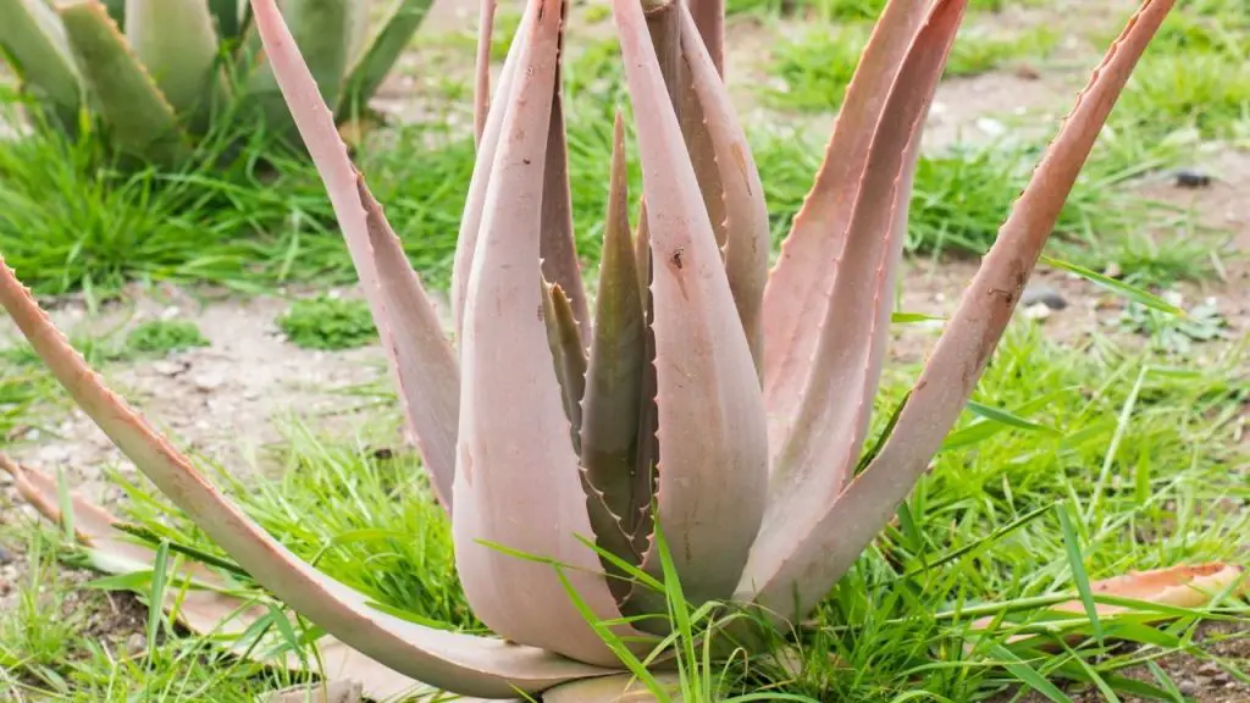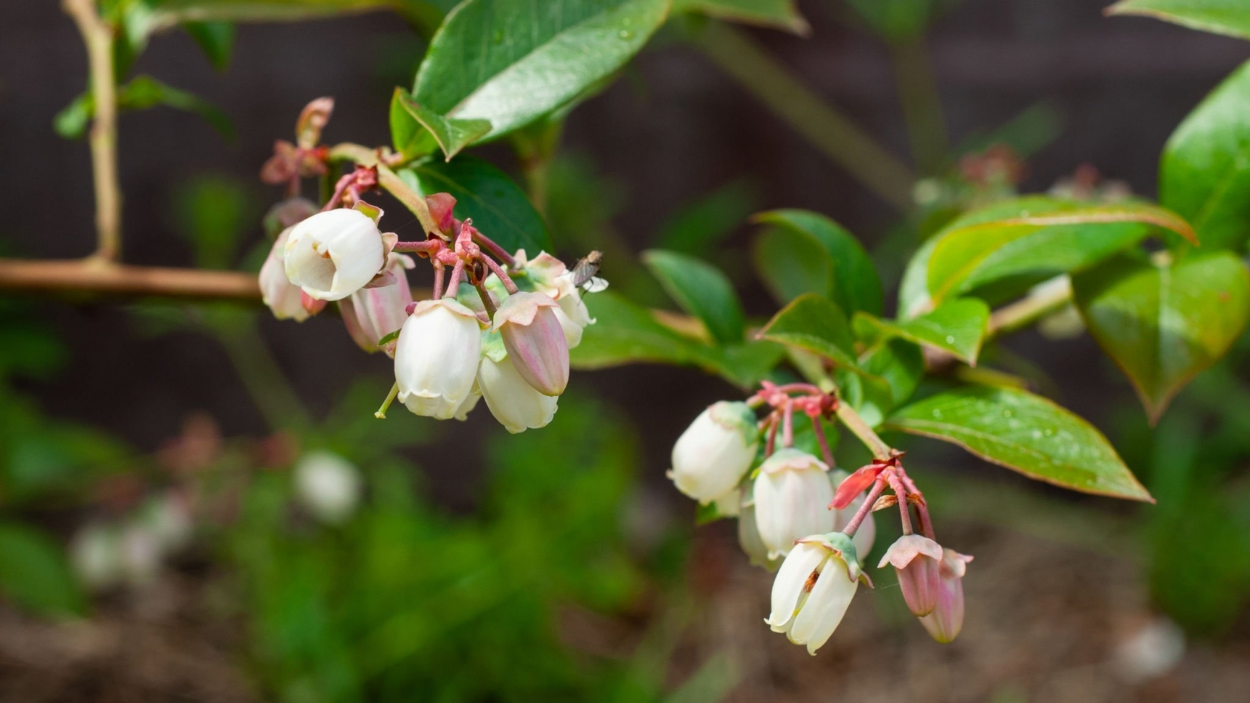What Is the Most Common Reason Why My Bamboo Is Dying?
The most common reason why your bamboo plant may be dying is overwatering. Bamboo plants prefer well-draining soil and can't tolerate standing water. When the soil is consistently waterlogged, the roots can rot, leading to yellowing leaves, stunted growth, and eventually, death.
Other reasons why your bamboo plant may be dying include underwatering, exposure to extreme temperatures, lack of sunlight, pests, and diseases. Bamboo plants can also be sensitive to chemicals and pollutants in the soil, which can cause them to die back or turn yellow.
How To Save a Bamboo From Dying: Common Solutions
If you've identified overwatering as the cause of your bamboo plant's decline, there are several steps you can take to save it:
Stop watering: Immediately stop watering your bamboo plant and allow the soil to dry out completely. This may take several days or even weeks, depending on the severity of the overwatering.
Prune the roots: Once the soil has dried out, prune the roots to remove any rotting or damaged sections. Make sure to sterilize your pruning tools between cuts to prevent the spread of disease.
Repot: If the roots are severely damaged, consider repotting your bamboo plant in fresh, well-draining soil.
Provide adequate sunlight: Ensure that your bamboo plant is receiving enough sunlight. Most bamboo species require at least 4-6 hours of direct sunlight per day.
Check for pests and diseases: Inspect your bamboo plant for any signs of pests or diseases. If you notice any, treat the plant with a fungicide or insecticide specifically designed for bamboo.
Reduce fertilizer: Avoid overfertilizing your bamboo plant, as this can cause excessive growth and lead to disease.
Various Bamboo Species to Grow
There are over 1,500 species of bamboo, each with its unique characteristics and growing requirements. Some of the most common species include:
Bambusa vulgaris (Common Bamboo): This species is widely cultivated for its versatility and fast growth rate. It can grow up to 30 feet tall and is suitable for USDA hardiness zones 4-11.
Phyllostachys nitida (Moso Bamboo): Native to China, this species is known for its large, broad leaves and tall, straight stems. It can grow up to 50 feet tall and is suitable for USDA hardiness zones 6-10.
Chusquea culeou (Culme Bamboo): This species is native to South America and is known for its bright yellow culms (stems). It can grow up to 20 feet tall and is suitable for USDA hardiness zones 8-11.
Fargesia rufa (Fargesia Bamboo): This species is native to China and is known for its attractive, reddish-purple stems. It can grow up to 20 feet tall and is suitable for USDA hardiness zones 5-9.
Conclusion
Bamboo plants can be a beautiful and low-maintenance addition to any garden or landscape. However, they can still succumb to disease, pests, and environmental stressors. By identifying the root cause of your bamboo plant's decline and taking prompt action, you can save it from dying. Remember to provide adequate sunlight, avoid overwatering, and fertilize sparingly to keep your bamboo plant healthy and thriving.




